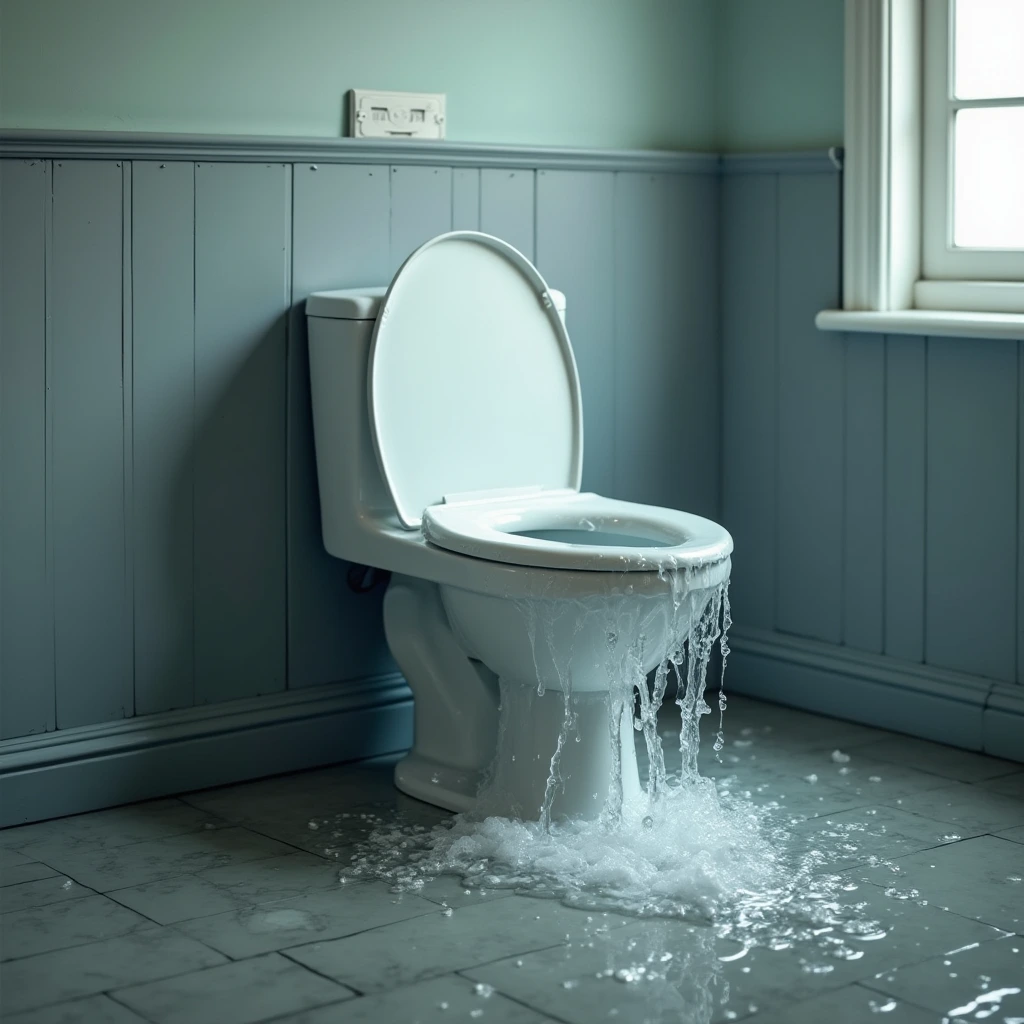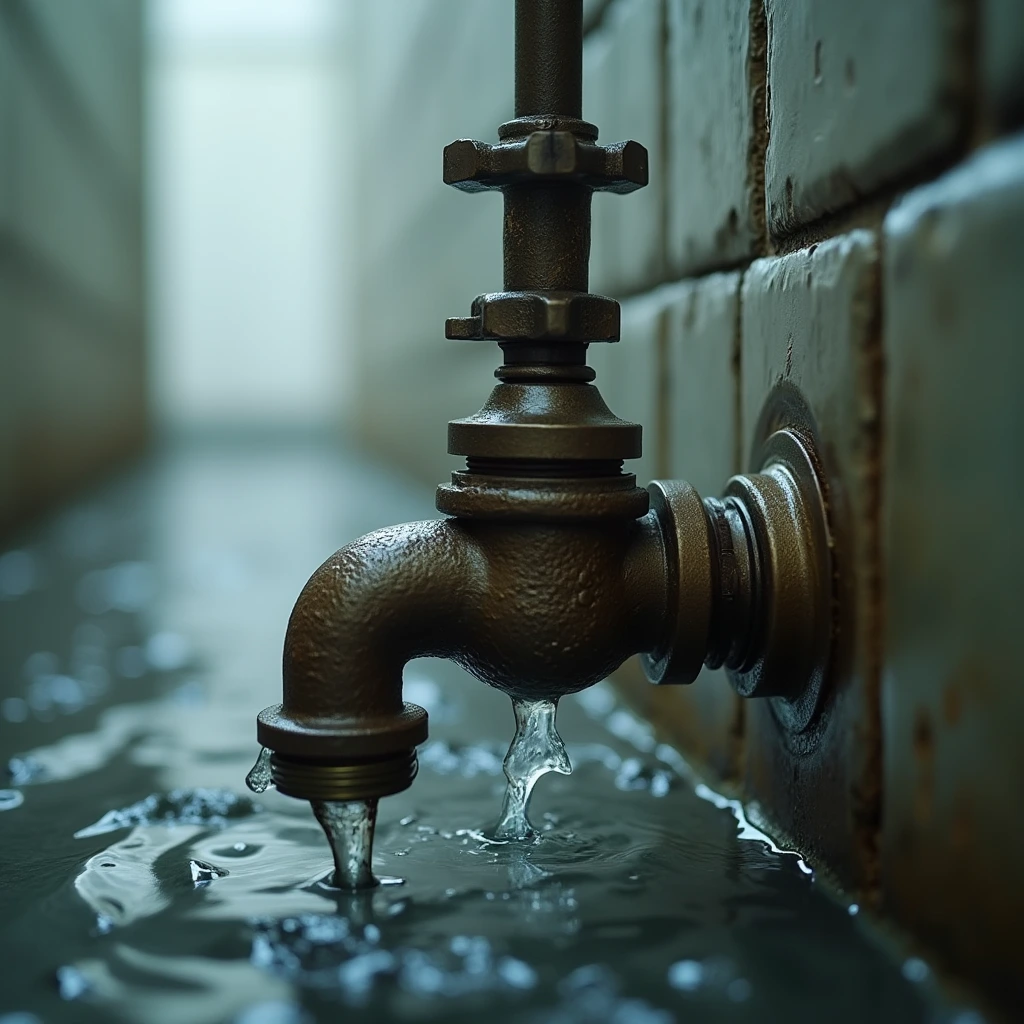
How To Prevent Toilet Overflows With Regular Maintenance
A toilet overflow is one of the most dreaded household mishaps. Not only is it messy and inconvenient, but it can also lead to significant water damage, mould growth, and expensive plumbing repairs.
According to the Insurance Bureau of Canada, water damage accounts for nearly 50% of all home insurance claims, with overflowing toilets being a common culprit.
The good news? Most toilet overflows can be prevented with regular maintenance. By keeping your plumbing system in check and making a few small habit changes, you can avoid unnecessary stress and costly repairs.
Let’s get right into it!
Understanding Why Toilets Overflow
Clogs And Blockages
The most common reason for an overflowing toilet is a clog caused by excessive toilet paper, non-flushable items, or foreign objects. Even “flushable” wipes can accumulate in pipes and cause severe blockages. In fact, the Canadian Water and Wastewater Association reports that over 90% of sewer clogs are due to improper disposal of wipes, paper towels, and hygiene products.
Faulty Flapper Valve
The flapper valve controls the water flow from the tank to the bowl. If it’s worn out or doesn’t seal properly, water continuously runs, leading to an eventual overflow. A simple way to test this is by adding a few drops of food colouring to your toilet tank—if the colour appears in the bowl without flushing, the flapper valve is leaking.
Blocked Vent Pipes
Toilets rely on vent pipes to balance air pressure in the drainage system. If these pipes become clogged with debris, it can slow or even stop water flow, increasing the likelihood of overflows. Gurgling sounds from your toilet may indicate a venting issue.
Sewer Line Issues
Tree roots, accumulated waste, and damaged pipes can restrict water flow and cause repeated toilet backups. If multiple fixtures in your home are draining slowly or backing up, the problem may be deeper in your sewer line.
Septic Tank Problems
For homes using a septic system, an overfilled or poorly maintained septic tank can cause waste to back up into your home. The Government of Canada recommends pumping your septic tank every three to five years to maintain proper function.
Regular Toilet Maintenance: Daily And Weekly Checks
Be Mindful Of What You Flush
Despite what packaging might claim, flushable wipes do not break down like toilet paper. The same goes for paper towels, feminine hygiene products, and grease. Flushing anything besides toilet paper and human waste can lead to stubborn clogs.
Use The Right Amount Of Toilet Paper
Excessive toilet paper can accumulate and cause slow drainage. If necessary, flush multiple times in smaller amounts rather than one large flush.
Flush Properly
Make sure to hold the handle down long enough to allow for a full flush. Partial flushes may leave waste behind, increasing the risk of blockages over time.
Check For Slow Drainage
If you notice that your toilet takes longer than usual to drain, it could indicate a developing clog. Address it early with a plunger or drain snake before it turns into a full-blown overflow.
Look For Water Running Continuously
A constantly running toilet can waste up to 200 litres of water per day, driving up your water bill. If your toilet won’t stop running, it’s time to inspect the flapper valve, float, and fill valve.
Monthly Toilet Maintenance Routine
Inspect The Tank Components
Check that the flapper, fill valve, and chain are functioning properly. If you notice any wear or corrosion, replace these parts to prevent future leaks.
Clean The Jets And Rim Holes
Mineral deposits can clog the tiny holes under the toilet rim, leading to weak flushing. Scrub them with vinegar and a brush to maintain proper flow.
Test The Float And Fill Valve
The float should sit at the proper level to prevent overfilling. If the water rises too high, adjust the float arm or replace the fill valve.
Use Natural Drain Cleaners
Instead of harsh chemical cleaners, which can damage pipes, use a mix of baking soda and vinegar to break down organic buildup. Pour the solution down the drain and let it sit for at least 30 minutes before flushing with hot water.
Check For Leaks Around The Base
Water pooling around the base of the toilet is a sign of a failing wax seal. Left unaddressed, this can cause serious water damage and even weaken your bathroom floor.
Preventative Plumbing Measures To Reduce Overflow Risks
Install A High-Quality Plunger
Every household should have a sturdy plunger for minor clogs. It’s the fastest and most effective way to clear a blockage before it turns into a bigger problem.
Use An Enzyme Drain Cleaner
Enzyme-based drain cleaners help break down organic material without damaging pipes. Using one monthly can keep your toilet and drains running smoothly.
Upgrade To A Pressure-Assisted Toilet
If your toilet is prone to weak flushing, a pressure-assisted model can provide a stronger flush, reducing the risk of clogs.
Consider A Dual-Flush System
Dual-flush toilets use less water for liquid waste and more for solid waste, preventing unnecessary water usage while maintaining strong flushing power.
Regularly Snake Your Drains
Using a toilet auger once every few months can remove hidden buildup before it causes a blockage.
When To Call A Professional Plumber
Signs Of A Major Blockage
If your toilet gurgles, overflows repeatedly, or backs up into other fixtures, it may indicate a deeper sewer line issue.
Recurring Overflows
Frequent overflows suggest an unresolved problem in the plumbing system that requires professional attention.
Water Damage Or Mould Growth
Unchecked leaks can lead to costly structural damage and health hazards from mould. If you see water stains or smell mildew, call a plumber immediately.
Sewer Line Inspection
If you suspect a problem beyond your home’s plumbing, a professional camera inspection of your sewer line can identify the issue.
Septic Tank Servicing
If your home has a septic system, regular maintenance is crucial. Septic tanks should be pumped every three to five years to prevent backups.
Emergency Steps To Take If Your Toilet Is Overflowing
- Shut off the water supply immediately to prevent further overflow.
- Use a plunger or toilet auger to try and clear the blockage.
- Clean up water immediately to prevent damage or mould growth.
- Avoid chemical drain cleaners, as they can damage pipes and worsen the problem.
Long-Term Habits For A Clog-Free Toilet
- Educate your household members on what not to flush.
- Schedule routine plumbing check-ups at least once a year.
- Invest in water-efficient fixtures to reduce strain on your plumbing.
FAQs
How Often Should I Inspect My Toilet For Potential Problems?
It’s best to check for leaks, slow drainage, and running water at least once a month. A full plumbing inspection should be done annually.
Why Does My Toilet Keep Overflowing Even After Plunging?
If plunging doesn’t resolve the issue, it could be due to a deeper clog in the drain line, blocked vent pipes, or a sewer line problem that requires professional attention.
Can A Running Toilet Really Increase My Water Bill?
Yes! A constantly running toilet can waste up to 200 litres of water per day, leading to a significant spike in your water bill.
Are “Flushable” Wipes Safe To Use?
Despite marketing claims, flushable wipes do not break down like toilet paper and often contribute to serious pipe blockages. It’s best to dispose of them in the trash instead.
What’s The Best Way To Prevent Toilet Clogs?
Only flush toilet paper and human waste, avoid excessive paper use, and regularly use an enzyme-based drain cleaner to prevent buildup.
What Should I Do If My Toilet Starts Overflowing?
Immediately shut off the water supply, use a plunger to clear minor clogs, and clean up any water to prevent damage. If it keeps happening, call a plumber.
How Can I Tell If My Toilet Has A Hidden Leak?
Drop food colouring into the tank and wait 15 minutes. If the colour appears in the bowl without flushing, you have a silent leak that needs fixing.
Does Hard Water Affect My Toilet’s Performance?
Yes, mineral buildup from hard water can clog rim holes and weaken flushing power. Regularly clean your toilet with vinegar to remove deposits.
How Can I Prevent Toilet Overflows In A Home With Kids?
Teach children what can and cannot be flushed, install a child-proof toilet lock if needed, and keep foreign objects away from the toilet.
When Should I Call A Plumber Instead Of Fixing It Myself?
If your toilet overflows frequently, makes gurgling sounds, backs up into other drains, or has persistent low flushing power, it’s time for a professional inspection.
Conclusion
Regular toilet maintenance is a small effort that prevents big problems. By following these preventative measures, you can avoid the mess, stress, and costs associated with overflowing toilets. Take control of your plumbing today—because when it comes to toilets, an ounce of prevention is worth a pound of cure!
If you have any questions about our article, “How To Prevent Toilet Overflows With Regular Maintenance” or need water damage restoration services contact us at 1-833-WE-DRY-IT any time 24/7/365 all the time or connect with us on social media, we’re there when you need us!
Related Posts
Water Damage Restoration Articles
What you can expect from a fire damage restoration company
Water damage prevention tips from the most common problems we’ve seen
Top causes of water damage in commercial buildings and how to find them
Must-know water damage tips: What to do after your house floods
What does good water damage restoration look like?
DIY water damage restoration and the hidden dangers
How to choose the right water damage company
Flast floods: What to do before, during and after a flash flood
What to do when your attic leaks?
Mould Removal Restoration Articles
5 Signs You Have Mould Growing In Your Walls
“Can I Remove Mould Myself?” Our Mould Removal Experts Have Answers
7 Must-Know Reasons Why You Should Get A Mould Inspection Before Buying A House
Does Mould Attract Bugs? Yes And Here’s What Kind And Why
How To Remove Mould From The Attic [Mould Prevention Tips Inside]
How Rain Causes Mould Growth-Prevention Tips Included
Must-Know Tips: How To Remove Mould In Your Basement
Fire Damage Restoration Articles
How to clean up after a house fire
Fire damage restoration checklist
Fire damage tips: 6 hazards property owners miss
How smoke from fires can negatively affect your health
What are the most common causes of house fires?
10 helpful smoke damage cleaning tips
Related Water Damage Services
Fire damage restoration services
Water damage restoration services
Emergency cleanup services
Mould removal services
Weather damage services


